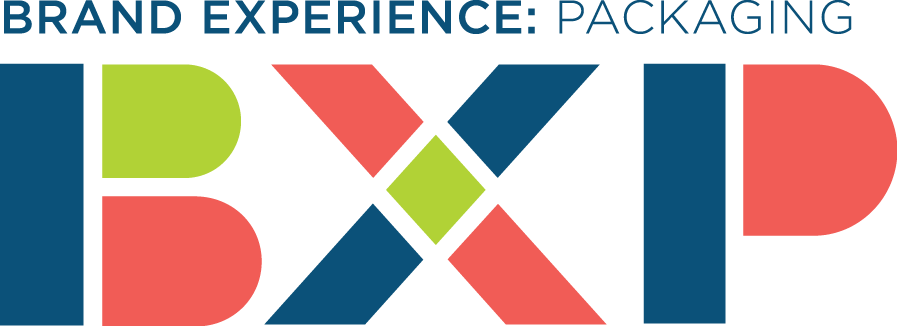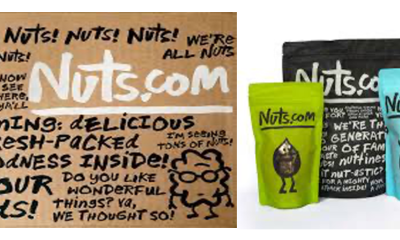A crucial step in stable and consistent flexo plate making process is UV exposure. That is the reason Austrian Glatz Klischee GmbH installed Esko’s (www.esko.com) new XPS Crystal 5080.
Glatz is a prepress service provider in Bregenz. It prides itself on its high-quality production of flexography up to 100-line screen and strives to guarantee the best quality in plate making. It felt that UV plate exposure was a weak link in the process and that traditional light tube exposure units have reached their limits.
As a result Glatz Klischee investigated Esko’s LED exposure as early as 2010. Since then the trade shop has gained experience with several generations of inline UV exposure and worked with prototypes of the XPS Crystal 5080. Even in the early stages it could clearly see the potential of the Esko solution.
Back and main exposure in one process
“In our opinion, UV main and back exposure in one unit represents a milestone in flexographic plate making. It improves plate exposure quality and ensures extremely consistent flexographic plates”, says Manfred Schrattenthaler, managing director of Glatz Klischee.
Glatz Klischee has been working with the new XPS Crystal 5080 from Esko for about six months now. The fact the new solution delivers main and back exposure in one step – has proven to be a huge improvement in device development and is on the point of making a quantum leap in plate manufacturing. “Thanks to this technology, we now are able to supply our clients with standard screens (54/60-line), up to the absolute premium range with 250 lpi. We can deliver the best possible plate quality with the highest level of consistency and repeatability that we have not experienced to date”, remarks Manfred Schrattenthaler.
Advertisement
An important process advantage in this new plate making approach is the fact that Esko has brought back and main exposure together in one step: “We are realizing that, in terms of quality, especially with very fine 250 lpi screens, back exposure is more important that previously assumed. Even small print points and delicate screen structures are better placed than before, and the reliefs are extremely consistent”, says Holger Stier, technical manager at Glatz Klischee.
Editorial Note: This post was shared by a member of the BXP community and edited by our editorial staff. Do you have news to share with our readers or a package design project that you are especially proud of? Click here to learn how you can become a contributing member of the BXP Magazine online community.








